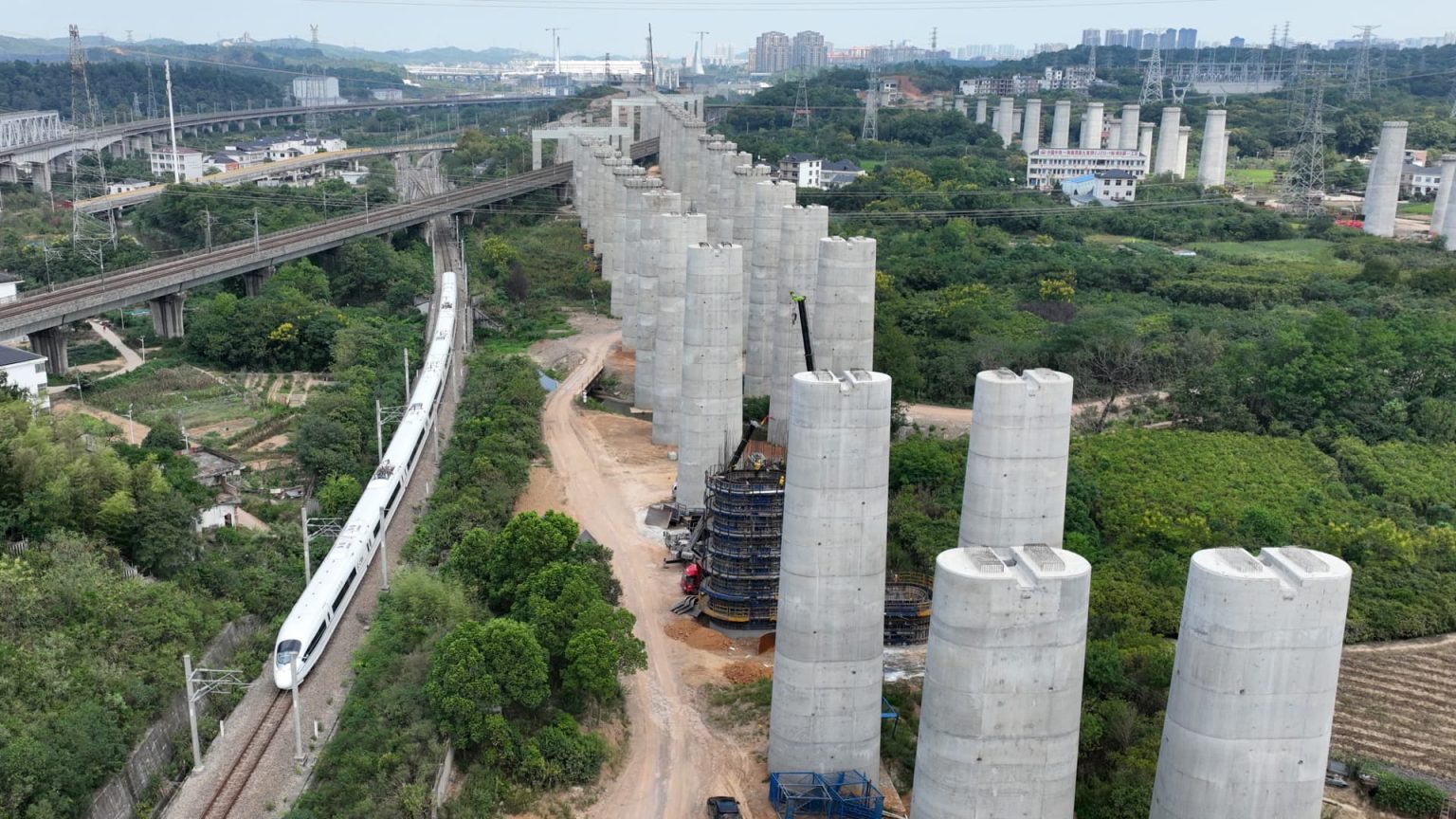China’s consumption slowdown can be traced back to the country’s real estate slump, which has deep connections to local government finances and debt. Chinese households invested heavily in real estate in the past two decades, leading to a crackdown on developers’ debt reliance in 2020. As property values decline and developers cut back on land purchases, local government revenues are being significantly impacted, particularly at the district and county level. S&P Global Ratings analysts project that it will take three to five years for local government finances to recover to a healthy state from June of this year. However, delays in revenue recovery could prolong efforts to stabilize rising debt levels.
Local authorities in China are striving to recoup revenue by scrutinizing historical records for potential tax-related violations by businesses and governments. Several companies have disclosed notices demanding repayment of taxes dating back to as early as 1994, with amounts ranging from 10 million to 500 million yuan. This push for tax recovery has caused anxiety among businesses and damaged already fragile business confidence. The CKGSB Business Conditions Index indicates stagnation, retail sales have slightly improved but remain slow, and the pressure to collect taxes from years past reflects the urgency to find new revenue sources.
While China’s national taxation administration insists that the measures taken by local governments are routine and in line with regulations, the move to recoup taxes reflects the critical need to improve revenue. As Laura Li of S&P Global Ratings notes, government spending on essential areas like education and civil servant salaries cannot be reduced, unlike expenditure on land development. Despite official denials of widespread tax inspections, the issue of revenue generation remains a key concern for policymakers as they try to diversify income sources amidst economic challenges.
The dilemma of how to spur economic growth in China is a topic of debate, as the country navigates efforts to reduce debt levels while shifting towards consumption-driven growth. Morgan Stanley economists highlight the negative correlation between investment-led growth and corporate debt ratios, emphasizing the need for a pivot towards consumption-driven growth. The delay in transitioning policies has led to higher debt-to-GDP ratios, posing a risk of losing control over inflation and property prices. The slow pivot from investment to consumption-driven growth has resulted in GDP growth below official targets and a rise in debt levels.
The issue of local government financing vehicles represents a significant risk to Chinese banks, surpassing concerns related to the real estate sector. These vehicles, which fund public infrastructure projects with limited financial returns, have accumulated substantial debt levels. Alicia Garcia-Herrero of Natixis refers to this sector as a “grey rhino,” signifying high-impact risks that are being overlooked. Chinese banks are more exposed to local government financing vehicle loans than those of real estate developers and mortgages. Efforts to address liquidity challenges and maintain financial stability are underway, but the scale of the problem requires time and resources to resolve effectively.













